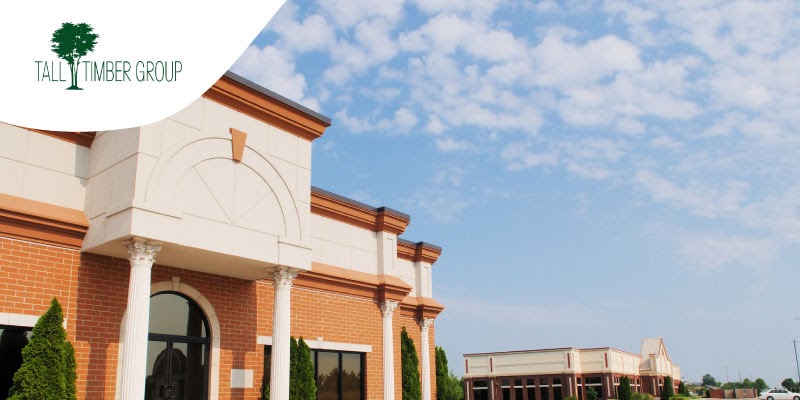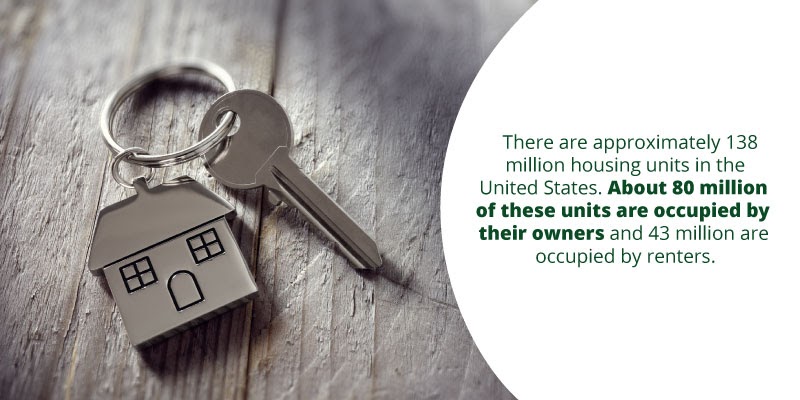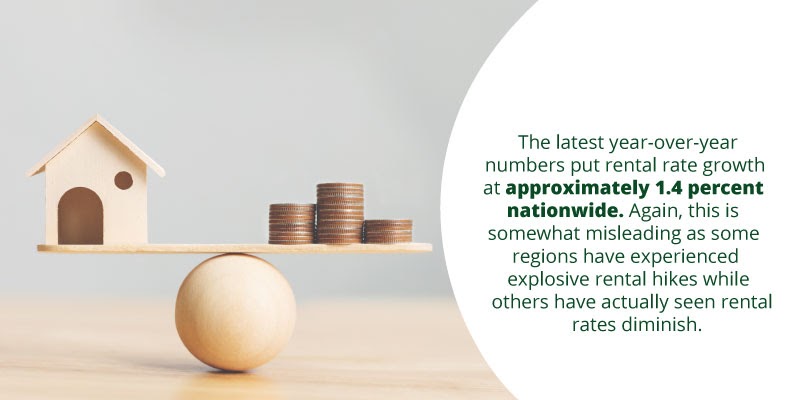
It doesn’t take a real estate expert to see that housing prices have been accelerating in recent years. Ten plus years after the Great Recession of 2007-09, residential real estate prices have more than recovered in most areas across the country. In its place, a housing shortage has created a situation where many Americans struggle to afford their rent, let alone to own a home. In fact, a significant portion of the current generation of young Americans have more or less resigned themselves to the fact that home ownership is unrealistic.
What is less obvious is how this residential real estate trend has and will continue to impact commercial real estate. It is unlikely that new home construction will be able to keep up with housing demands. Will these developments help or hurt the health of the CRE industry?
The Current State of Housing in the US

Let’s first establish a few key facts. There are approximately 138 million housing units in the United States. About 80 million of these units are occupied by their owners and 43 million are occupied by renters. By most estimations, the US actually has a very healthy ratio of available housing units to individuals or families in need of residence. So what is the problem exactly?
The answer lies in the fact that key markets such as California and Austin are being crushed by demand with a limited supply. The problem is that the current supply of housing units does not align with demand when it comes to price or location. This issue is particularly bad for more affordable homes, which cost between $100k-$250k, depending on the market. This creates heightened competition for more affordable homes, which drives up prices and makes these housing units less affordable to buyers and renters.
Ironically, as young adults flee from traditional markets like NYC and San Francisco and turn to hot markets like Pittsburgh and Kansas City, they are bringing big city housing shortage problems with them. For example, Pittsburgh experienced a 16 percent drop in relative housing availability in 2019 vs. 2018.
How Residential and Commercial Real Estate Interact

Based on these trends, one might assume that the commercial real estate rental market would be booming in response. This is not entirely the case. Despite housing prices rising to near-emergency levels, rental rates in 2020 are expected to remain relatively flat. The latest year-over-year numbers put rental rate growth at approximately 1.4 percent nationwide. Again, this is somewhat misleading as some regions have experienced explosive rental hikes while others have actually seen rental rates diminish.
Another key factor in this equation is the decision making process of young renters. Millennials and the generations who are growing up behind them have shown a tendency to choose convenience and amenities over square footage and perceived value. This is due to a number of reasons, including their desire to use public transportation and a preference for urban living.
These trends have been favorable for commercial real estate rental units which are focused on offering convenience first and foremost. Well equipped rental units in urban or even “urban suburb” locations continue to see high occupancy rates in 2020. As young adults continue to struggle to afford their own homes, rental properties should remain a safe bet.
Commercial Real Estate Projections in the Coming Years
By all current metrics, our nation’s housing shortage looks to only worsen in the coming years. This is especially true in mid-major markets experiencing a tech boom including Pittsburgh. As for commercial real estate investors in the area, that means that there will be an opportunity to deliver high quality housing at premium prices for young adults who are willing to pay for high level amenities.
For example, young renters are more likely to pay a premium for rental units in so-called “smart buildings”. These types of commercial real estate units are constructed or retrofitted to accommodate desirable features like ultra high speed internet and even 5G when that is released to the public. This is in step with the advantage that CRE has over traditional residential real estate: it can adapt more quickly on a larger scale to new technologies.
The housing market may be in a strange place, but that offers an opportunity to savvy commercial real estate investors. Understanding what young renters want will allow larger rental investments to continue to be profitable for years to come.
 24
24
Going Forward
It may be a running gag that millennials can’t afford to buy homes, but that reality is no joke. The wealth of our country might be held disproportionately by older generations, but younger working generations are the key to future CRE success. Where traditional thinking has valued square footage and price first and foremost, young adults today are shifting their focus towards amenities and convenience. This, coupled with the ongoing housing crisis, creates a scenario where well positioned rental properties can dominate the market.
